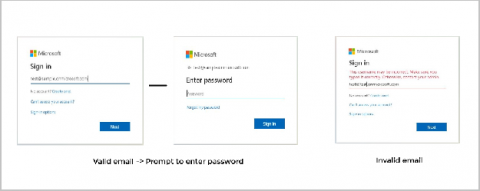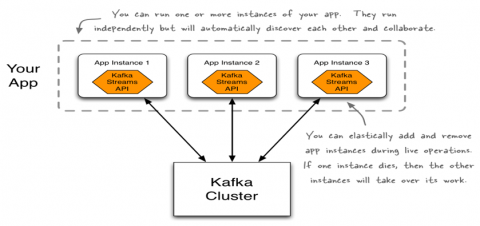The scammer who tried to launder over $500,000 through Business Email Compromise
A 64-year-old man has pleaded guilty in a Texan court to charges of money laundering after a series of attacks that defrauded companies out of hundreds of thousands of dollars. Kenenty Hwan Kim (who sometimes went by the name Myung Kim) took advantage of a simple trick that has proven highly effective to fraudsters in recent years. The method of tricking businesses into handing over large amounts of money is known as Business Email Compromise (BEC), and comes in a variety of flavours.











